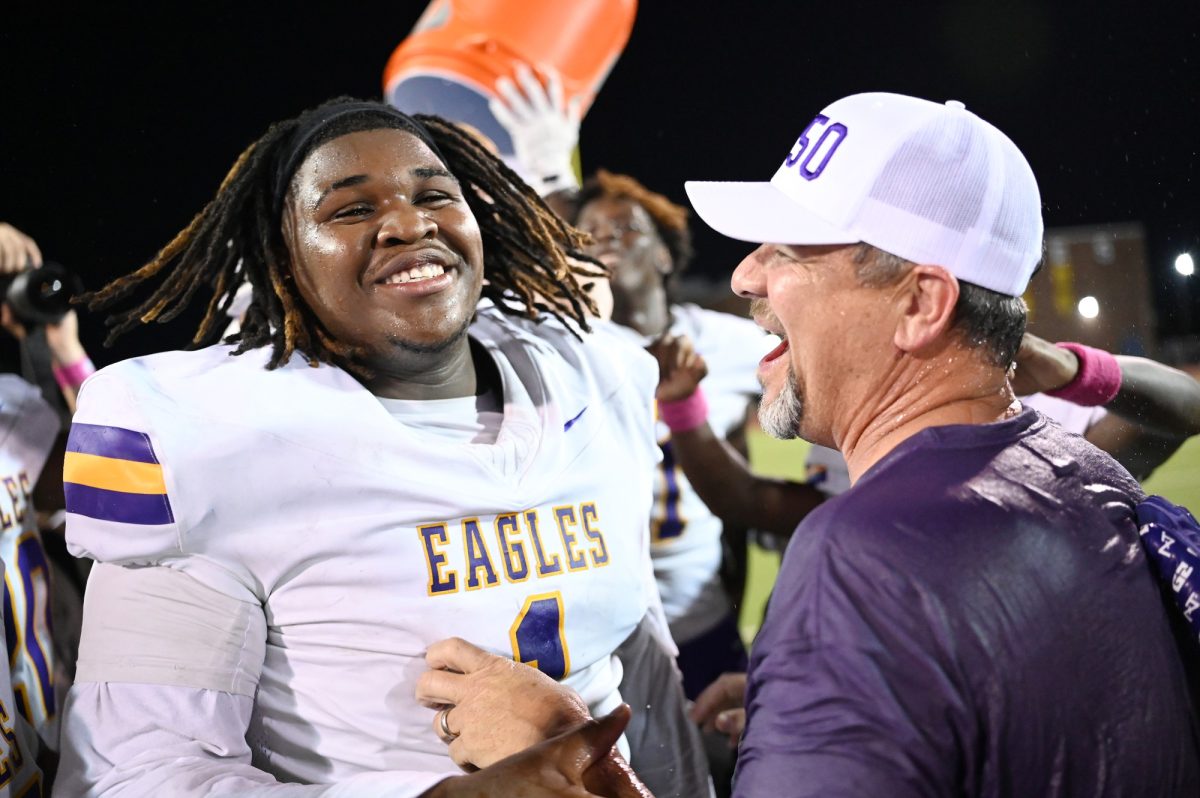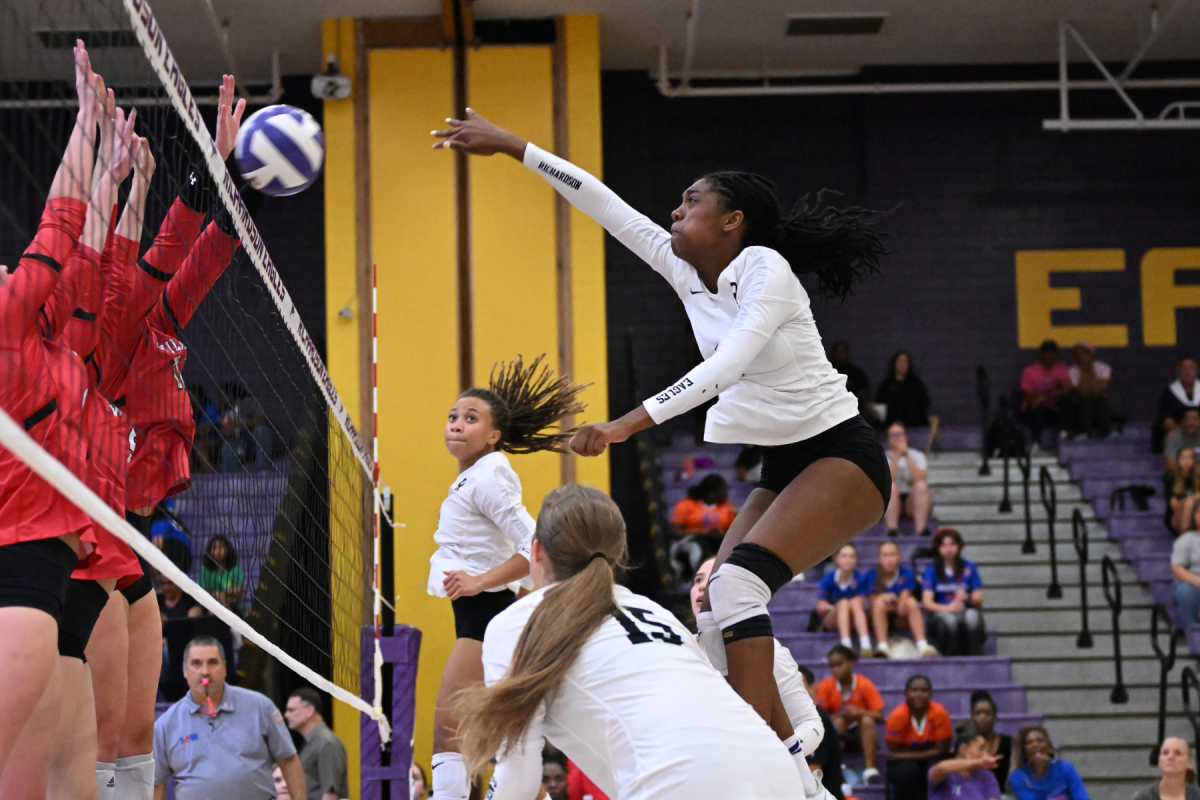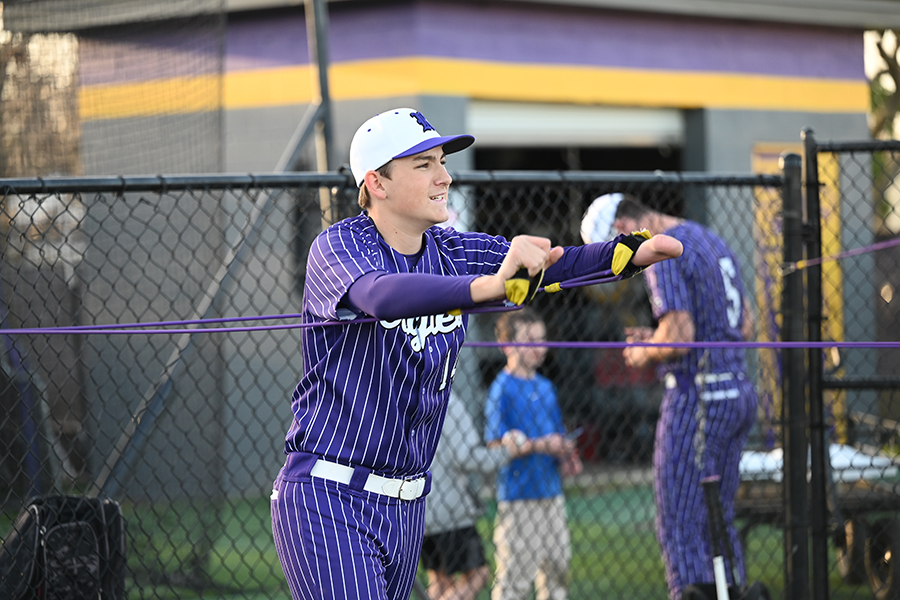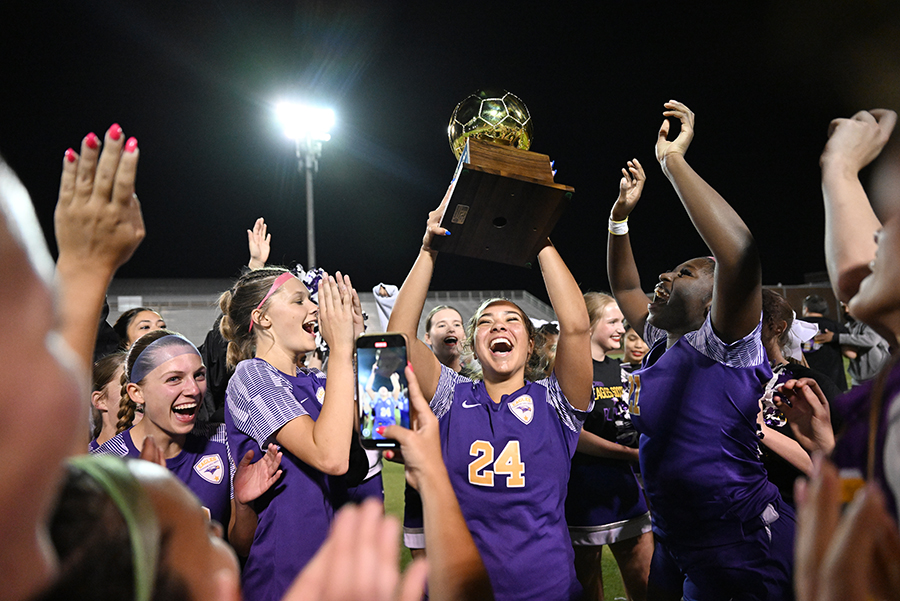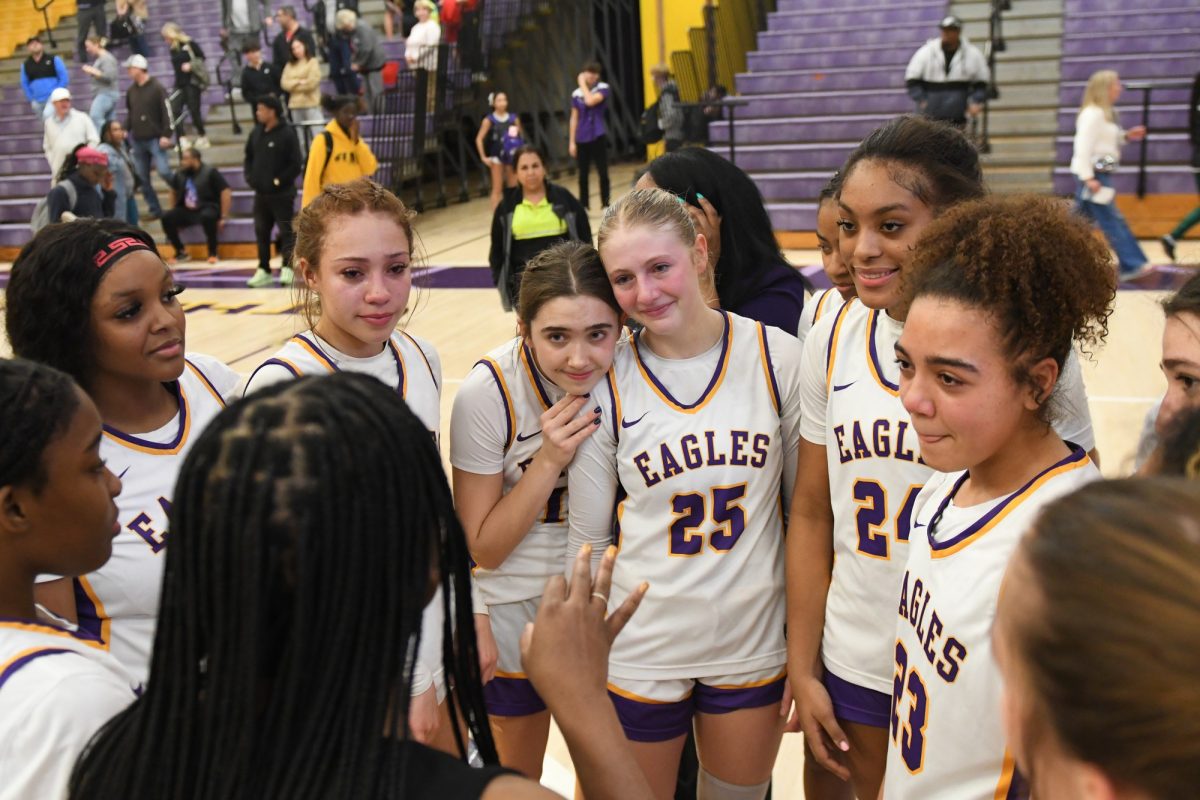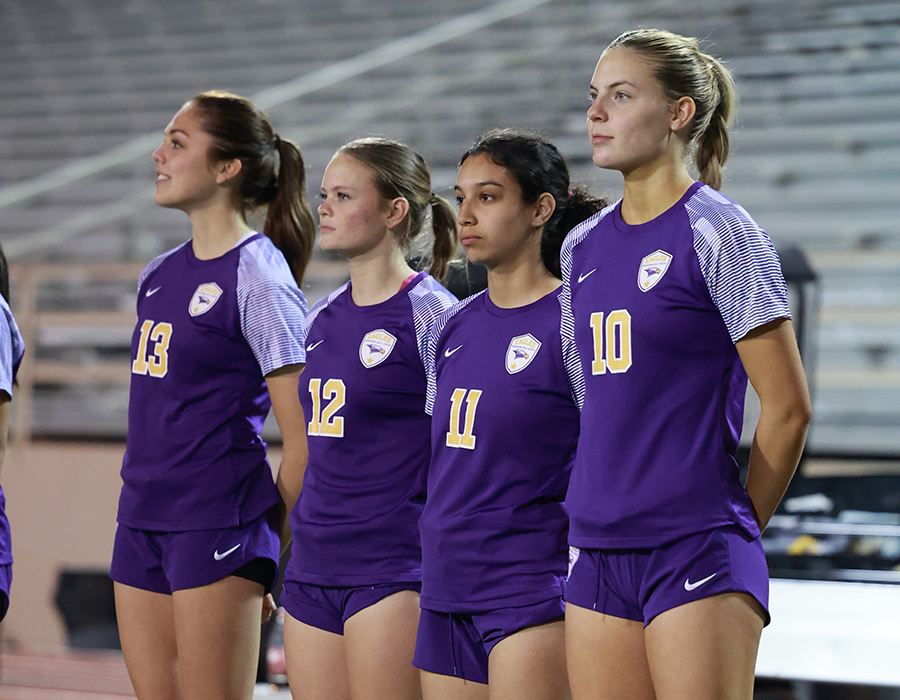By Kazi Nassif
With his head spinning and blurred vision, pee-wee football player Keith Wright struggled to pull himself up off of the grass. He saw his teammate motionless beside him with coaches huddled all around. Though he didn’t know it at the time, he had just sustained the first of many concussions.
Now a senior, Wright has suffered a total of nine concussions. His story is just one in an ever-expanding list of young athletes who have sustained head injuries bringing the issue of concussions to the center of a growing debate.
According to Prevacus, a pharmaceutical company created to develop concussion treatments, high school athletes sustain an estimated 300,000 concussions per year. Roughly 47 percent of these are from football-related injuries.
Of Wright’s nine concussions, six were the direct result of playing football, while the other three were non-sports related accidents. His concussions went undiagnosed as late as the 8th grade when he sustained two.
A concussion is clinically defined as a traumatic brain injury that alters the way the brain functions due to impact or rapid movement of the brain. Many medical experts believe that an abundance of concussions can lead to a condition known as Chronic Traumatic Encephalopathy (CTE).
Stephen Bunt, an Athletic Trainer at the Ben Hogan Concussion Center in Dallas, thinks that CTE is a mysterious condition that needs a significant amount of additional medical research.
“It has been found in athletes who may have sustained head trauma, but is also found in other kinds of people. There is much research going on right now on CTE.”
Bunt believes that the best way to prevent a concussion today is to apply advanced testing and analytics to patients with concussion symptoms.
“Neurocognitive and balance baseline testing [exams measuring a healthy athlete’s decision making ability, reaction time, attention and memory] are important as they allow for better medical decisions if a concussion occurs.”
RHS Athletic Coordinator and Head Football Coach Brian Chandler believes that concussions are one of the biggest medical dilemmas facing young athletes today. He said it’s the job of coaches to help slow the growing trend of head trauma to athletes.
“From an equipment standpoint, the amount of money we spend to protect our kids in the RISD is huge,” Chandler said. “We go out of our way to buy the very best concussion preventative shoulder pads, helmets and any other equipment.”
Chandler said that limiting concussions is possible through responsible coaching and an intelligent approach to practice.
“We teach tackling and blocking to prevent any chance of a concussion to occur. The amount of contact in full speed practice has also been reduced,” Chandler said. “We don’t ever say ‘lead, or hit with your helmet,’ we advocate exactly the opposite of that.”
He asserts that with the media spotlight shining on the issue, we should be able to make progress in combating concussion-related injuries.
“It’s a serious problem with all of the research that’s been done, and all the literature that’s been written along with the new movie coming out,” Chandler said. “It’s a positive sign for protecting our kids.”
Chandler said contrary to popular belief, once a head-related injury is suspected, coaches immediately place the athlete in the care of the trainers.
“I think that’s a very big point that a lot of people don’t understand,” Chandler said. “The days of a kid getting a stinger and the coach telling him to get back up and right back into the game are over. If a kid has any sort of discomfort in that area, we send them straight to the athletic trainer, and I like it that way. I want our kids doing exactly what the doctors and trainers want them to do.”
Cason Hicks, a clinical researcher at UT Southwestern Medical Center and part of the CON-TEX research study – a longitudinal and comprehensive program designed to capture data on sports-related concussions in the DFW area – believes that concussion protocol is paramount to preventing future aggravation to concussion-related injuries.
He said it’s misleading to believe that helmets and other equipment are the most important protection against long term concussion-related symptoms.
“Most importantly, if an athlete is suspected to be concussed, he or she should immediately be removed from the game,” Hicks said. “There is a 5 or 6 step progression that is used. The general consensus is that a player should gradually return to physical activity.”
According to Head RHS Athletic Trainer John Clougherty, athletes are given a five day schedule regarding their return to athletics. After an initial day off following the concussion, athletes go through a training regimen ranging from simple running and jogging, to full contact practice. If there are further complications during the week, the athlete is referred to their physician.
From Wright’s experience, gradually returning to physical activity following a concussion is not always how things are handled.
“In eighth grade I was the quarterback, and we ran a reverse play where the wide receiver cut back putting me in a position to block for him,” he said. “There was a defender, and we both collided violently. I was really dizzy but got right back up, got the huddle going, and kept playing.”
Wright believes that while coaches and trainers teach a variety of methods to prevent concussions, the simple fact is that in a sport as contact driven as football, head to head contact is inevitable.
“It’s what football does, it’s the whole point of the game,” Wright said. “Mash your head against another player and make them go another direction, which is exactly what leads to concussions.”
Wright has taken part in a clinical study for teens who have suffered concussions at The Ben Hogan Concussion Center. The researchers aim to find the short term and long term effects concussions can have on teenagers.
“I had a CT scan after a car accident, and it showed a 30% decrease between the synapses in my brain,” Wright said. “They want to see how it changes or progresses over time immediately after an accident.”
Most of his concussions were a result of his love for the game, the same reason most teenagers continue playing football despite the risks associated with the sport.
“You get padded up and ram heads with other kids,” Wright said. “It’s a lot of fun, and there’s a lot of satisfaction that comes with running someone into the ground, scoring touchdowns, and being better than the person in front of you. That intensity is only found in football, and that’s why I kept playing.”

